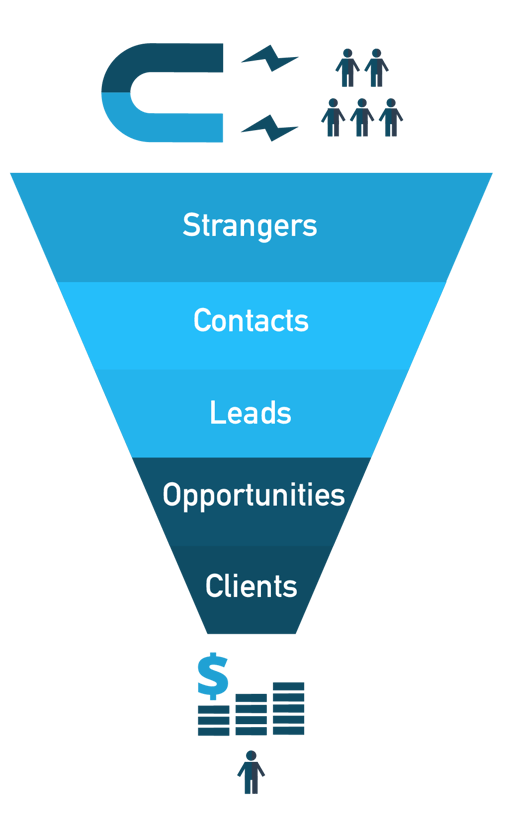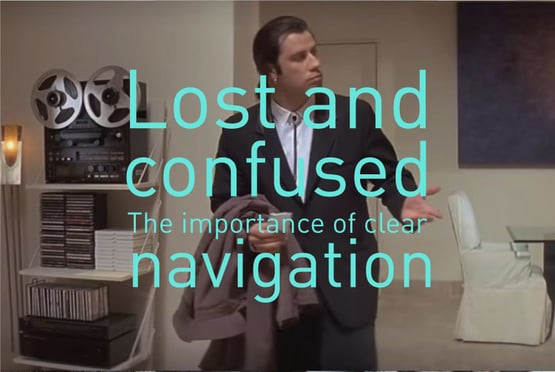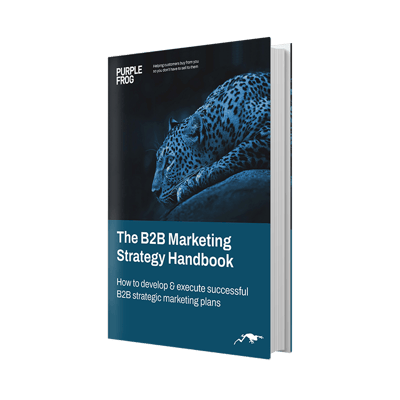Flipping the B2B Sales Funnel

We all know how the typical B2B sales funnel looks like, even though the way the sections are divided tends to vary slightly. You typically have, from the top:
- Stranger
- Contact
- Lead
- Prospect
- Customers

This fundamental flaw of this concept is that it is based on 2 preconceptions businesses generally have:
- That you need to reach out to an ever-increasing number of strangers in order to get a sale
- That you just attract these strangers, dropping them all into the top of the cone so to speak, and hope that a customer will magically pop out at the bottom
This is because what businesses generally tend to forget is all those steps in the middle, which are often called the qualification and nurturing process, meaning that by fine-tuning that and increasing your conversion rate, say from lead to opportunity, you can often get far greater results than trying to attract more and more strangers. That is why when we try and explain this concept we often flip the sales funnel upside down.

Instead of collecting masses of generalised prospects, start at the small end of the sales pipeline and put in effort to push and guide them through the cycle. Putting lots of effort into a single, more qualified prospect, you are much more likely to end up with great-fit customer that is way more invested and ready to take on your concepts.
This concept and others are covered more extensibly in our B2B Marketing Strategy Handbook, a practical and comprehensive guide to developing successful marketing plans. Download now for free >
Quantity VS quality
Traditionally, marketing has always been about numbers; how many people you can ‘throw in the top’ of your cone, later dwindling them down. You could save yourself so much time and effort if you change the way you think and stop wasting time putting in massive amounts of effort talking to people or advertising to people that simply are not interested! Just because you end up with a large number at the top of the sales pipeline doesn't mean you’ve done well if none of them are actually interested and don’t convert into sales, and that is often the root of the age-old sales and marketing disconnect and conflict. Marketing is not about a simple exercise of how many people you can reach, and then let’s leave sales with qualifying and converting them into customers, but the quality of that audience is way more important of a factor to keep in mind when devising your sales and marketing plans. You want a near enough guaranteed customer and you want to make sure your efforts are not going to waste.
Nurturing leads
This leads us onto the second point of nurturing your leads. As mentioned above, this has traditionally been seen as a “sales” job, and that is why sales and marketing have always been running on parallel roads, almost never crossing each other's paths or communicating. However, things are changing, and bringing your sales and marketing team together by making them focused on the same plan and the same goals is absolutely crucial for a company to be able to grow and for increasing that conversion rate across all the steps in the sales funnel.
Your sales team will know a lot better the issues that customers face from talking to them every day, and marketing can then use this information to build campaigns around them, but the issue is that this only works when there is complete collaboration between the two. In this way, the marketing team will be able to generate more qualified leads that your sales team will then turn into customers, as well as better help sales to qualify and nurture these until the prospects end up going from stranger to opportunity basically never having spoken to a sales person, making up their mind at 95% and sales giving that little last push to get them over the line.
Now, a lot of people can be hesitant when it comes to spending money on prospects, but when you’re working from the opposite end of the funnel, the small end, people you’re putting money and effort into are way more specified and are much more likely to become a customer. This means that you may need to spend a bit more money and resources to drive your leads through the funnel using measurement and analytics to improve those conversions from visitors to leads and eventually up to a customer, but the results may be a lot greater in terms of revenue generated than spending huge marketing budgets simply to attract loads of strangers to you.
For example, if your customers’ value is £50k per year, would you feel comfortable in spending £5k in the initial prospecting, qualifying and nurturing them? Once you know what your limit is you also know how you can manage the time and resources of your company to achieve your objectives and get greater, more measured results.
Conclusion
Changing the way you think is integral if you want to succeed. Flip that sales pipeline upside down, stop being lazy throwing people in the top and waiting for ‘gravity’ to do the work. Put in effort to work your specified prospects up through the process, guide them, educate them and put in effort financially too.
More from Sales Enablement

Lost & Confused? Why navigation & content structure are so important!
New look, same blog! As you might've read a few weeks ago, Purple Frog Digital have begun offering Health Checks as part of...
How to develop a B2B strategic marketing plan [FREE HANDBOOK]
Are you a B2B leader? We find time and time again that even the most well-seasoned B2B directors and marketers fall into the...






